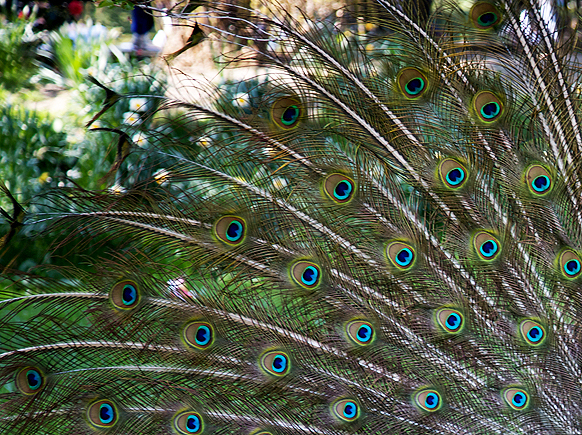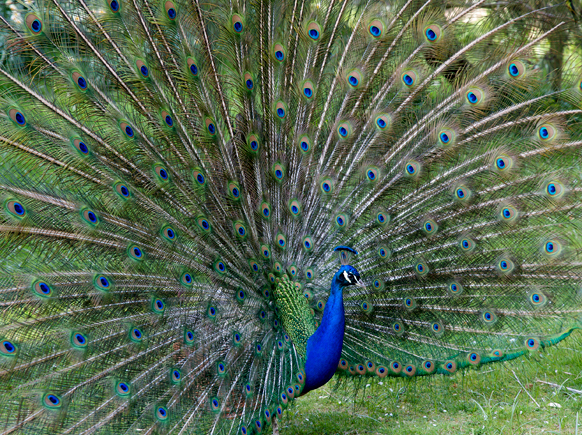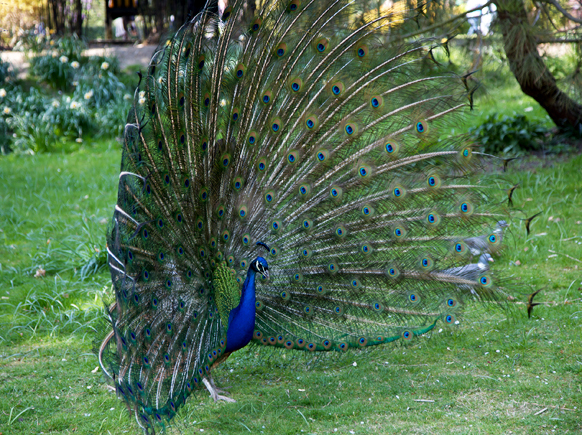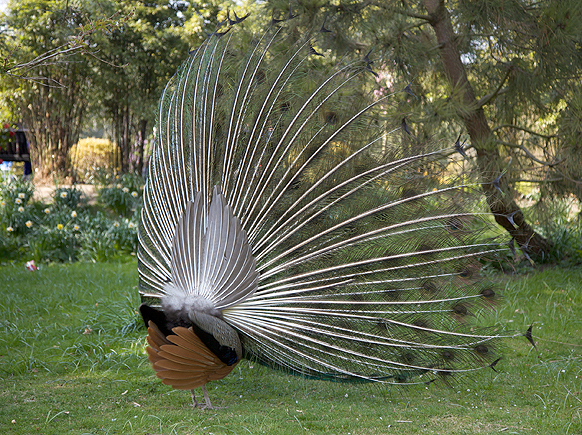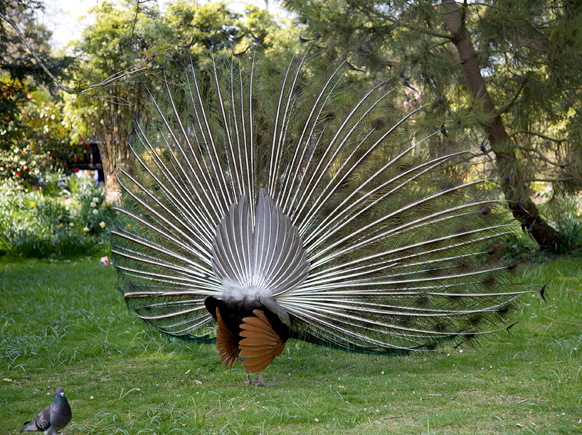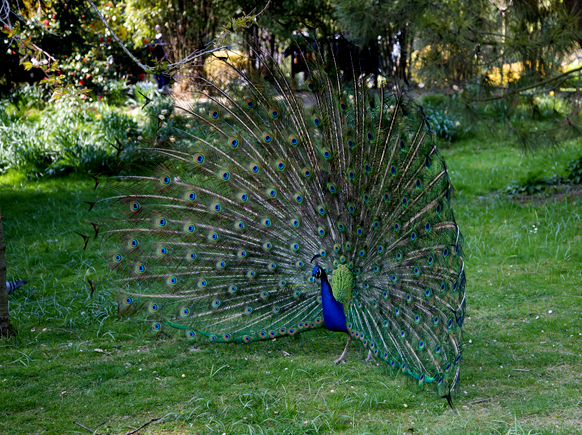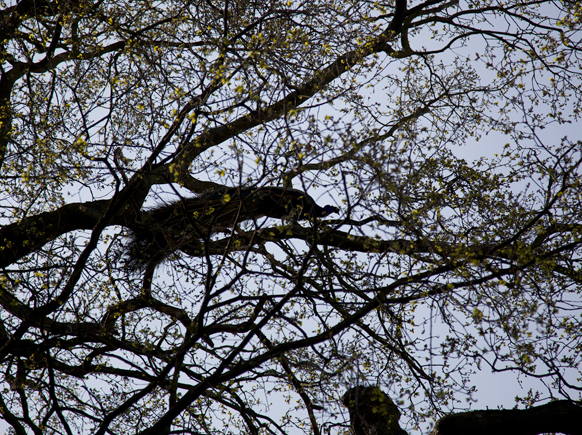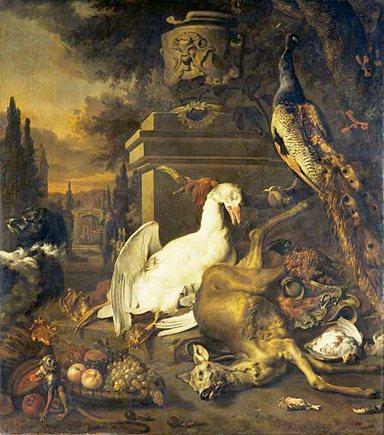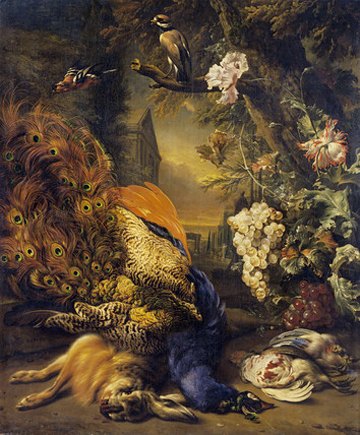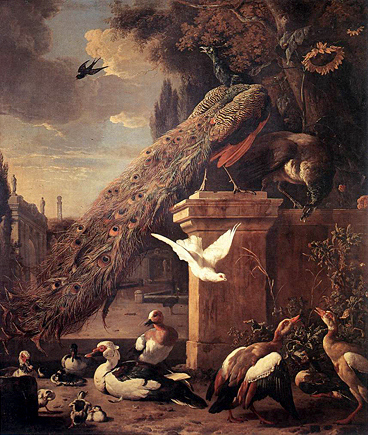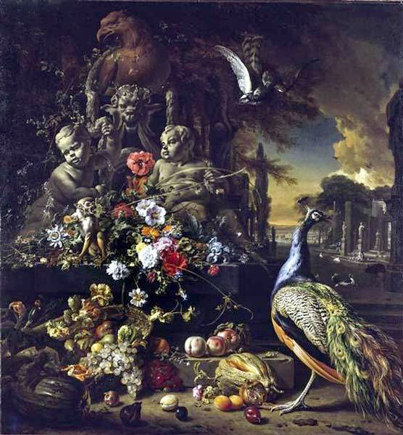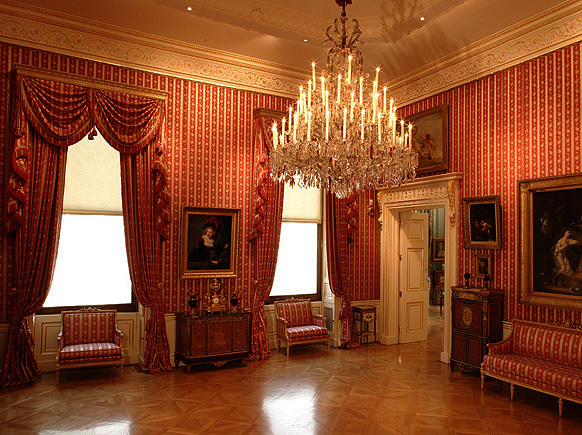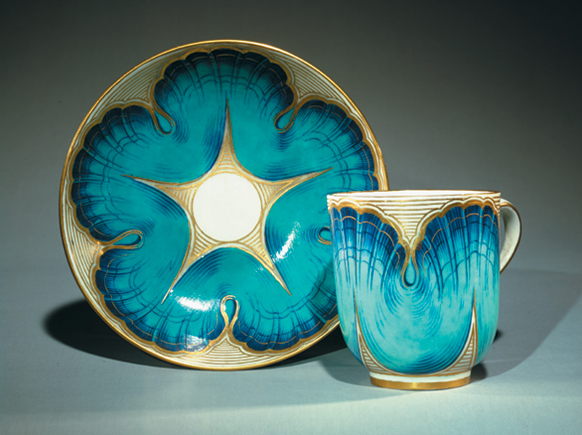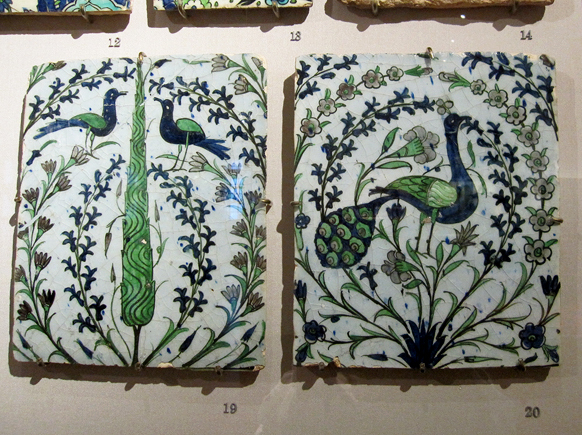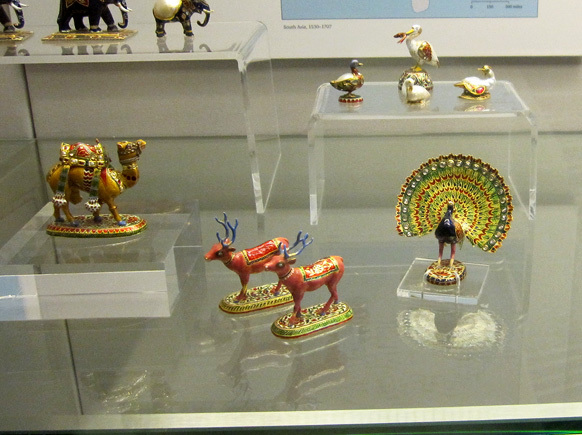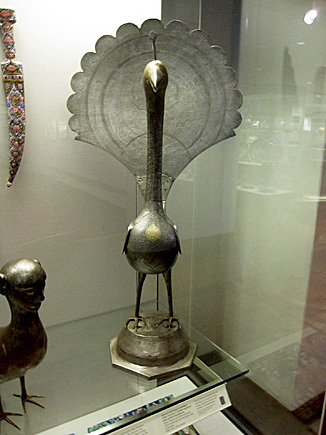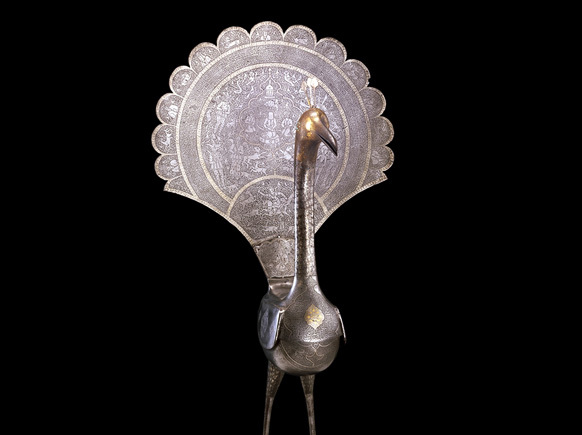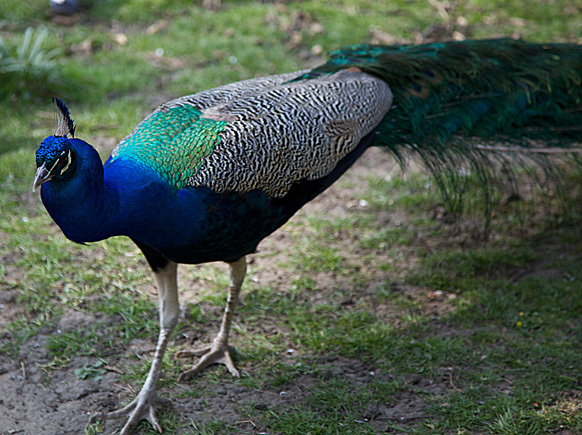Peacocks to eye in London
The peacock has always been a powerful symbol of both the sacred (India’s national bird, it inspired the famous Peacock Throne) and the profane (some cultures think its feathers sport the “evil eye”). The Cult of Beauty, the Victoria and Albert Museum’s homage to the 19th century’s Aesthetic Movement is a decorative comeback for the bird.
But where, besides the blockbuster show, can London’s finest peacocks be found? Three suggestions for animal-friendly hunting:
Peacock Haunt 1: Holland Park has long been home to a tribe of live peafowl and, in good weather, they are easy to find. (Since peacocks like to roost in the trees, remember to look up). The “family” has both males and females, as well as feisty teenagers. When only inches away, their live iridescence is stunning although scientists know its flamboyance is due partially to that physics phenomenon known as the Bragg reflection. Equally complex, as those who dwell nearby know, is the challenge of living with the birds’ piercing screams. Especially eerie on summer nights, their cries have been know to disturb the operas performed in the park.
Peacock Haunt 2: The Wallace Collection in Hertford House, just off Oxford Street. With no admission (and open every day of the week), this houses stunning paintings, a huge trove of Sèvres porcelain, fabulous furnishings and more of Marie Antoinette’s possessions than anywhere else in the world. These were assembled by the third and fourth Marquesses of Hertford and the latter’s illegitimate son, Sir Richard Wallace. Wallace, who set new standards for art collecting, was only 18 years younger than his mother (also illegitimate). She had him educated entirely in Paris where, when her marriage failed, she also came to live.
After Wallace inherited his fortune in 1870, he became famous among Parisians. During the 1871 siege of his adopted city, he supplied an ambulance service and helped to feed the starving locals. During the city’s recovery, Wallace also donated landmark fresh-water fountains throughout Paris. After his death, his French wife followed his instructions: leaving to the British nation both Gaunt House (now Hertford House) and its owner’s unrivalled collections.
In Paris, Wallace split his time between 2, rue Laffitte and a family villa in the Parc de la Bagatelle. It was constructed in 1775 in only 64 days – so as to meet a wager made by Maria Antoinette. Today, left to the city, it is now the site of an ongoing garden archive: the French national rose collection. However, the majority of the Wallace family’s Francophilia is to be found in London’s Manchester Square. Here roost some wonderful peacocks.
Your best bet for finding them en masse is to check out the mansion’s large, airy Grand Gallery. Here are fabulous still lives by Dutch Baroque painters, such as Jan Weenix. Many of these feature swooning peafowl (certainly don’t miss “Flowers on a Fountain with a Peacock”). Smaller treats such as a peacock-tail snuffbox created by Jean Ducrollay can be found all through the whole Collection.
Peacock Haunt 3: The British Museum, specifically the John Addis Gallery in Room 34. As well as a bite-size education in basic Islamic geo-history (including a cheat-sheet for appreciating Arabic script) the gallery throbs with their signature colours: cobalt, lapis, emerald, jade green, purple and gold. You’ll see delicate peacock-eye motifs on 9th century luster ware, birds from the 14th century in bolder black and blue or tiles created in 16th century Syria with lyrical birds. A peafowl also spreads his tail in a tiny, heavily jewel-encrusted menagerie made in Jaipur.
Most impressive of all, however, is a stylized steel peacock. Almost three feet tall, he is usually surrounded by eager digital snappers. This sculpture was first thought to symbolize ‘Ahriman’ – an early Persian personification of the Devil – and it bird remains one of the Museum’s most famous objects.
So check out those peacocks so emblematic of movements such as ‘Art for Art’s Sake’, Art Nouveau and Yellow Book decadence. But don’t forget to look for them in London’s other temples of luxury and imperial swag. The peacock has always stood for intelligence as well as indulgence and you’re bound to learn something, in the most pleasant of ways.


